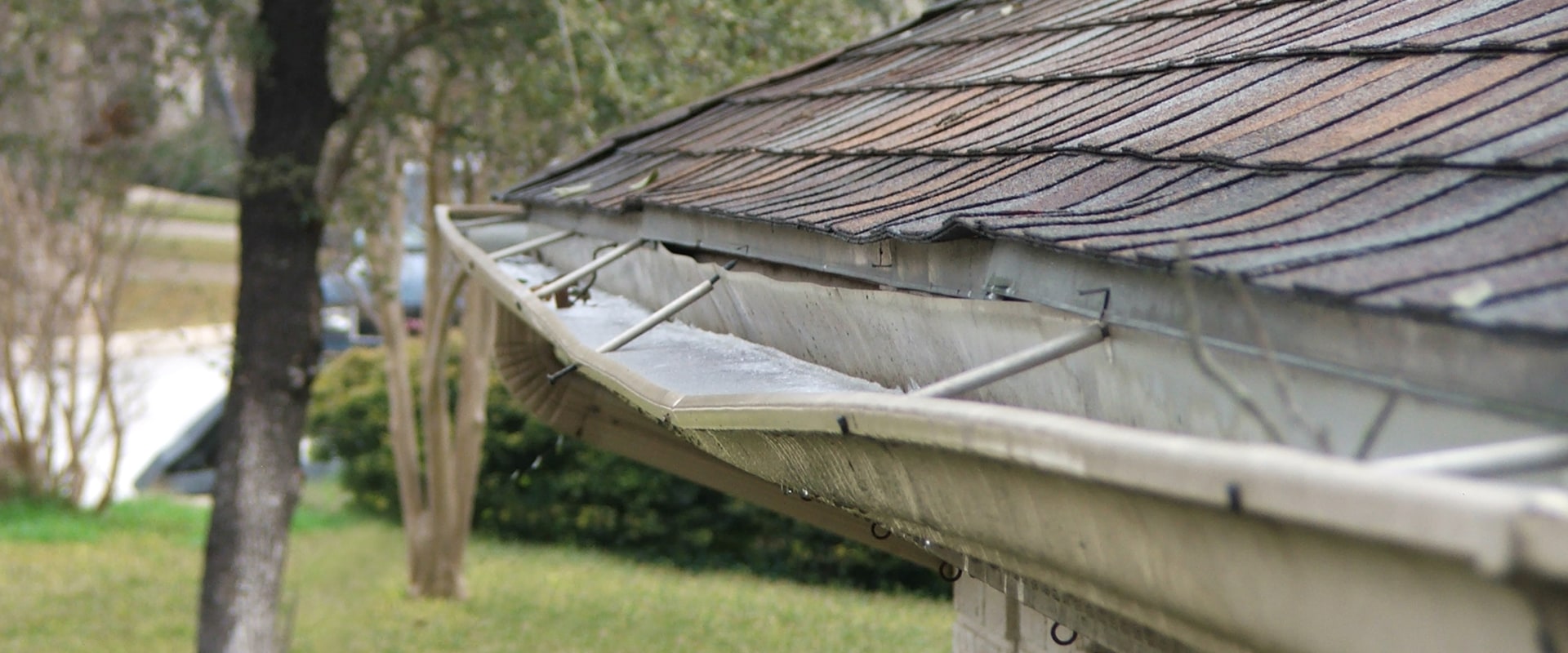When it comes to installing and repairing gutters, it's essential to understand what they do and how they can be beneficial. The golden rule for placing rain gutters is that they should always be placed about three inches below the roof line. When gutters are added later, there is an excellent opportunity to remove any additional moisture that builds up around the base after the rain. Gutters should be positioned so that they extend beyond the eaves of a roof to collect rain and hail that.
Generally speaking, downspouts should be placed every 30 to 40 feet along the length of the gutter system. The gutter should be installed as close to the shingles as possible; no more than 2 or 3 inches. If the gutter distance is greater than 3 inches, rain will fall through the roof and will not drain properly. The space between the gutter and the roof may vary in size because the gutters must be tilted towards the downspout to ensure proper water runoff. Once the downspouts are connected, they must be secured to your home with fasteners.
These fasteners help ensure that the downspouts stay in place and prevent them from falling out of the house, helping to prevent damage to the sides of the house. That said, if you live in a region of the United States that experiences heavy rains, you may need to install more downspouts outside your home. This is because your downspouts are sized to account for your home's average runoff. Even if the gutters are properly tilted and the downspouts are in the correct position, overflow could still be a problem due to leaves, twigs, bird nests, and other debris that reaches the gutters and downspouts. To lengthen the gap between cleanings and still prevent them from clogging, invest in an effective gutter protection system or gutter covers. A house with several peaks and valleys is more of a challenge than a straight roof line, but a professional gutter contractor can ensure that your gutters and downspouts are installed correctly.
Without a gutter system for rain, there is a chance that your home will become prone to mold and moisture, as rainwater can build up nearby before it reaches the foundation of the house. In addition, if you have an open-faced gutter system, it's important to maintain it year-round to avoid clogging, as it could help prevent water drainage and damage to your home. So, you may be wondering where should the gutter downspouts be placed? or “Can I do it myself to improve the drainage of my gutter system? The answer is quite simple: The gutters must extend beyond the roof to trap and drain water without splashing the roof or coating, especially in the event of heavy rain. As mentioned, the gutter downspouts are installed vertically along the gutter channels at an angle to divert water from your property. While most people know what gutters and downspouts are, few people know that there are other accessories that can be installed in a gutter system to make it more effective. Estimate the cost of installing or replacing gutters with this detailed guide that breaks down the cost of installing gutters by foot, materials, styles and more.
Houses with flat roofs usually don't require gutters everywhere since there are no slopes for gravity to push water into the gutter. Therefore, if you need new downspouts or a new gutter system, homeowners may consider hiring a professional gutter installation team to safely and accurately oversee this project. To sum up, when installing or repairing gutters it's important to keep in mind that they should always be placed about three inches below the roof line. Gutters should extend beyond eaves of a roof to collect rain and hail that. Downspouts should be placed every 30-40 feet along length of gutter system as close as possible to shingles but no more than 2-3 inches away from them.
To avoid clogging due to leaves, twigs or bird nests invest in an effective gutter protection system or covers. Finally, if you need new downspouts or a new gutter system consider hiring a professional team for safe and accurate installation.



